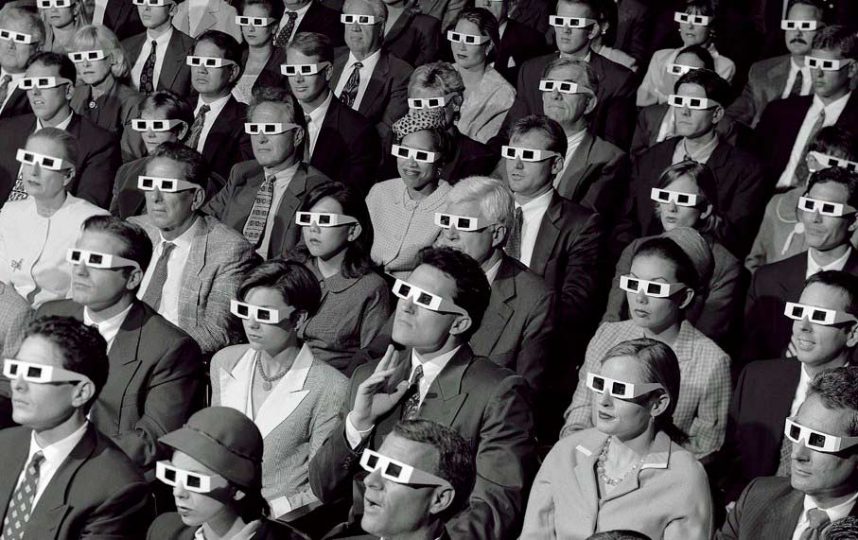The first time I was asked to develop a set of personas, I was confused. What did a person’s social standing and extra-curricular activities have to do with communications?
Very soon, however, I realised that persona development is absolutely key to ensuring effective message development and, therefore, is the foundation of your communications strategy. After all, if you don’t know the kind of people you’re talking to, you can’t develop messages that will change hearts and minds.
I’ve talked before about my golden rules for effective communications and the power of storytelling – now let’s talk personas.
For those who haven’t done the exercise before, it’s a simple way of getting into the head of your key audience and getting a sense of who they are. There are four areas to explore:
The basics of your personas
This covers everything from their socioeconomic level to their name. By naming your persona, it immediately becomes more human and more relatable. It’s all very well talking about messaging for “Persona C” but isn’t it better to talk about messaging for “Cynical Sally”? Make your audiences personal – it’s easier to understand who you’re talking to and make sure your communications hits the mark.
Goals and challenges
It’s in this section that you need to think about why your customers may use your service. What do they need to achieve? How can you help them do that? It’s in this section where you’ll quickly realise whether you’re targeting the right type of people and where your value proposition fits in. If you can’t think why one of your personas might use your service, it’s likely that you’re selling to the wrong audience.
What do they care about?
To really know a person, you need to know what they care about. Do they have particular values or inclinations that are important to them? Do they have certain personality traits which may determine how they act and react? By working who or what influences your audience, you should be able to adjust your messaging accordingly to talk to them in a voice they trust and understand.
What do they want to hear?
The final stage of your persona building is trying to develop a short elevator pitch for each. What is the one thing you can say or do to adjust their thoughts or actions?
Other things to consider
- If you have access to surveys, website analytics, or other research, this can really help you drill down into your persona’s needs and wants.
- If you carry out a persona exercise, do it with your whole team. You need to have a range of personalities and opinions to produce a well-rounded persona.
- Ask your audience! If you have the chance, why not ask your audience these questions? Who knows your audience better than themselves?
- If you have social media channels available to you, use them in a listening exercise to find out what your audience are already saying – about you, about the issue, about the world in general.
Once you’ve answered all these questions, you need to write it up in a narrative. There are plenty of excellent examples online and Buffer has written an excellent article going into these steps in a little more detail.
For my part, I’ve put together a short list of questions to help you get started in developing a basic persona. Happy creating!
Need a little more help developing your personas? Get in touch and let’s see if we can help.
Beaumont is a communications agency based in Lausanne, Switzerland. We work with clients all around the world to change the way they talk about themselves – helping them create engaging stories that motivate action.

